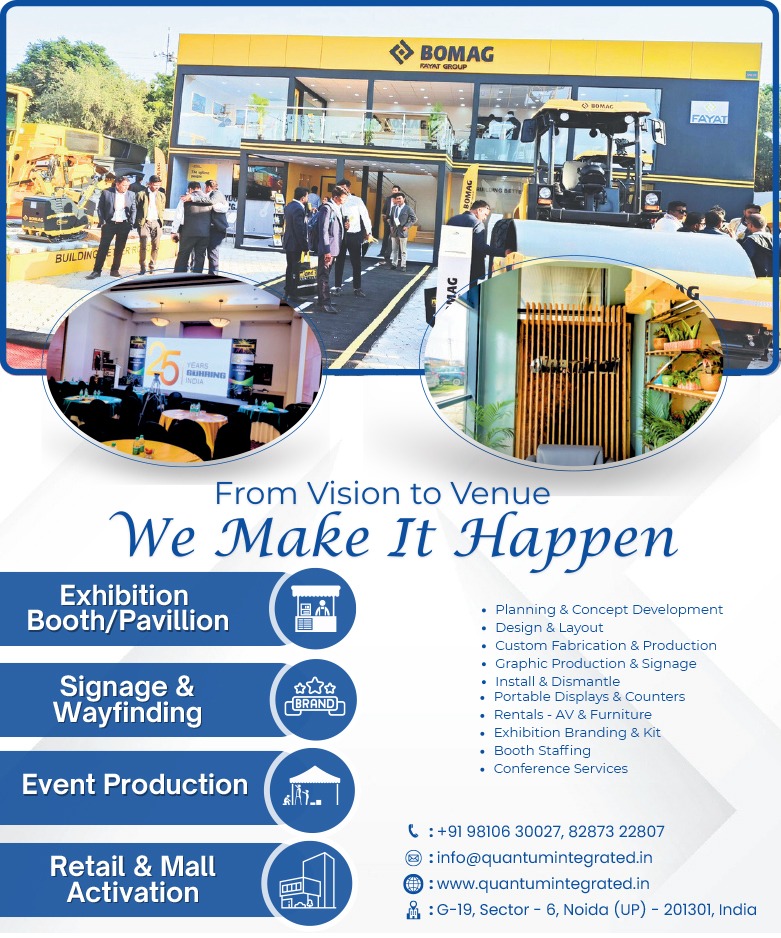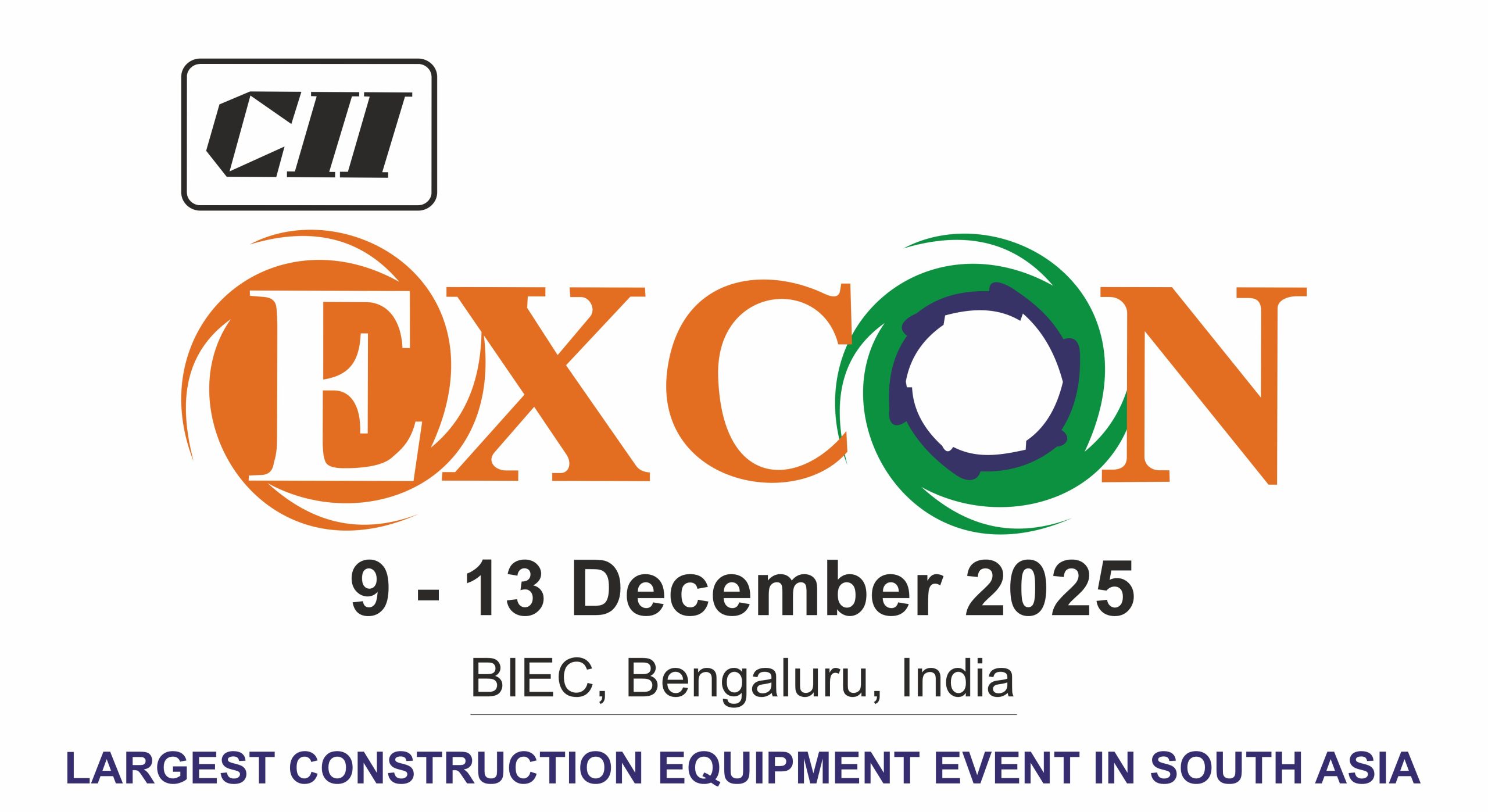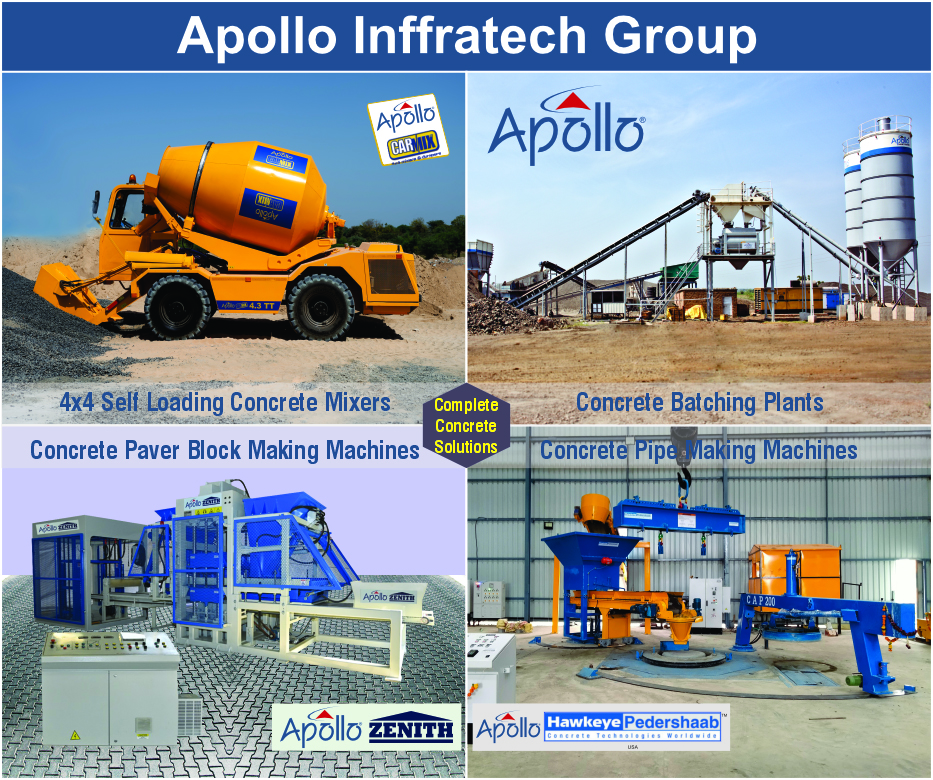Work on the 508-km Mumbai–Ahmedabad High-Speed Rail (MAHSR) corridor, India’s first bullet train, is leveraging cutting-edge technologies to accelerate progress and enhance safety. Larsen & Toubro (L&T), which handles 92 percent of the construction, has integrated artificial intelligence (AI), augmented reality (AR), machine learning (ML), and robotics across multiple phases of the project.
Traditionally, ground surveys could take up to 60 days; with AI-driven data analytics and LiDAR laser mapping, survey time has been slashed to just 15 days. This rapid turnaround helps engineers identify optimal viaduct alignments and foundation points more accurately, reducing rework and cost overruns. AR tools enable on-site teams to overlay digital blueprints onto real-world terrain, ensuring precise placement of piers and track segments.
Robotic arms at L&T’s fabrication facilities assemble prefabricated steel girders for bridges, minimizing manual intervention and improving consistency. Automated drones conduct routine safety inspections of elevated structures and tunneling sites, detecting structural anomalies and alerting engineers in real time. On construction sites, autonomous guided vehicles (AGVs) transport materials between stockpiles and work fronts, optimizing labor deployment and reducing downtime.
According to S V Desai, whole-time director and senior executive vice-president of civil infrastructure at L&T, “Integrating AI, ML, and robotics throughout MAHSR enhances efficiency, accuracy, and safety at every stage.” As of January 2025, the project is over 48 percent complete, and these advanced technologies are expected to keep construction on track for its planned 2026–27 launch.










